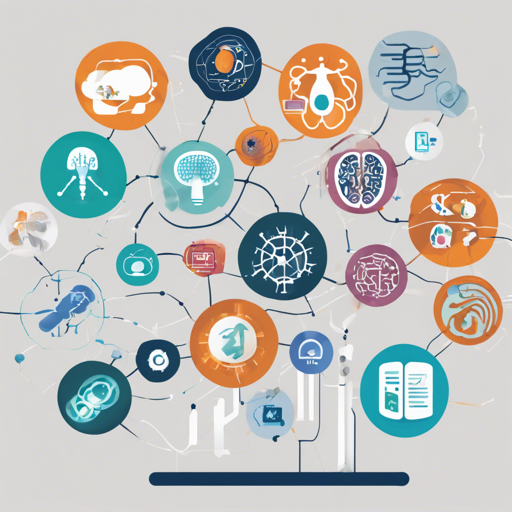Welcome to your comprehensive guide on using BiomedCLIP, a cutting-edge biomedical vision-language model. This tool aims to assist researchers in classifications and retrieval tasks through the combination of imaging and textual data. Buckle up as we explore its features, set up your environment, and troubleshoot any issues that may arise along the way.
What is BiomedCLIP?
BiomedCLIP is a specialized model designed for medical text-image synchronization. Imagine the model as a skilled librarian who not only knows where every book is in a massive library but can also identify images within those books based on their descriptions. Utilizing state-of-the-art technology, BiomedCLIP pairs images with their corresponding biomedical text to better understand and process various medical classifications.
Setting Up Your Environment
Ready to get started? Follow the steps below to set up BiomedCLIP in your Python environment:
- Step 1: Create a new conda environment with Python 3.10:
conda create -n biomedclip python=3.10 -yconda activate biomedclippip install open_clip_torch==2.23.0 transformers==4.35.2 matplotlibUsing BiomedCLIP
There are two primary methods for utilizing BiomedCLIP: loading the model from the Hugging Face Hub or using local files.
Loading the Model from the Hugging Face Hub
To use the model from the Hugging Face Hub, you can employ the following code snippet:
import torch
from urllib.request import urlopen
from PIL import Image
from open_clip import create_model_from_pretrained, get_tokenizer
model, preprocess = create_model_from_pretrained('hf-hub:microsoft/BiomedCLIP-PubMedBERT_256-vit_base_patch16_224')
tokenizer = get_tokenizer('hf-hub:microsoft/BiomedCLIP-PubMedBERT_256-vit_base_patch16_224')
# Continue with zero-shot image classification as neededLoading from Local Files
Alternatively, if you have downloaded the models and their configurations, you can use the following code:
import json
from urllib.request import urlopen
from PIL import Image
import torch
from huggingface_hub import hf_hub_download
from open_clip import create_model_and_transforms, get_tokenizer
hf_hub_download(repo_id='microsoft/BiomedCLIP-PubMedBERT_256-vit_base_patch16_224', filename='open_clip_pytorch_model.bin', local_dir='checkpoints')
hf_hub_download(repo_id='microsoft/BiomedCLIP-PubMedBERT_256-vit_base_patch16_224', filename='open_clip_config.json', local_dir='checkpoints')
# Proceed with using the model for zero-shot image classificationTroubleshooting
While using BiomedCLIP, you might encounter some issues. Here are common troubleshooting ideas:
- Module Not Found Error: Ensure that all required packages are installed as specified.
- CUDA Device Not Available: If you’re trying to run on a GPU and it’s not detected, check if the correct drivers and CUDA version are installed.
- Hugging Face Model Not Found: Double-check the model name for typos and ensure you have an internet connection.
For more insights, updates, or to collaborate on AI development projects, stay connected with fxis.ai.
Conclusion
At fxis.ai, we believe that such advancements are crucial for the future of AI, as they enable more comprehensive and effective solutions. Our team is continually exploring new methodologies to push the envelope in artificial intelligence, ensuring that our clients benefit from the latest technological innovations.

